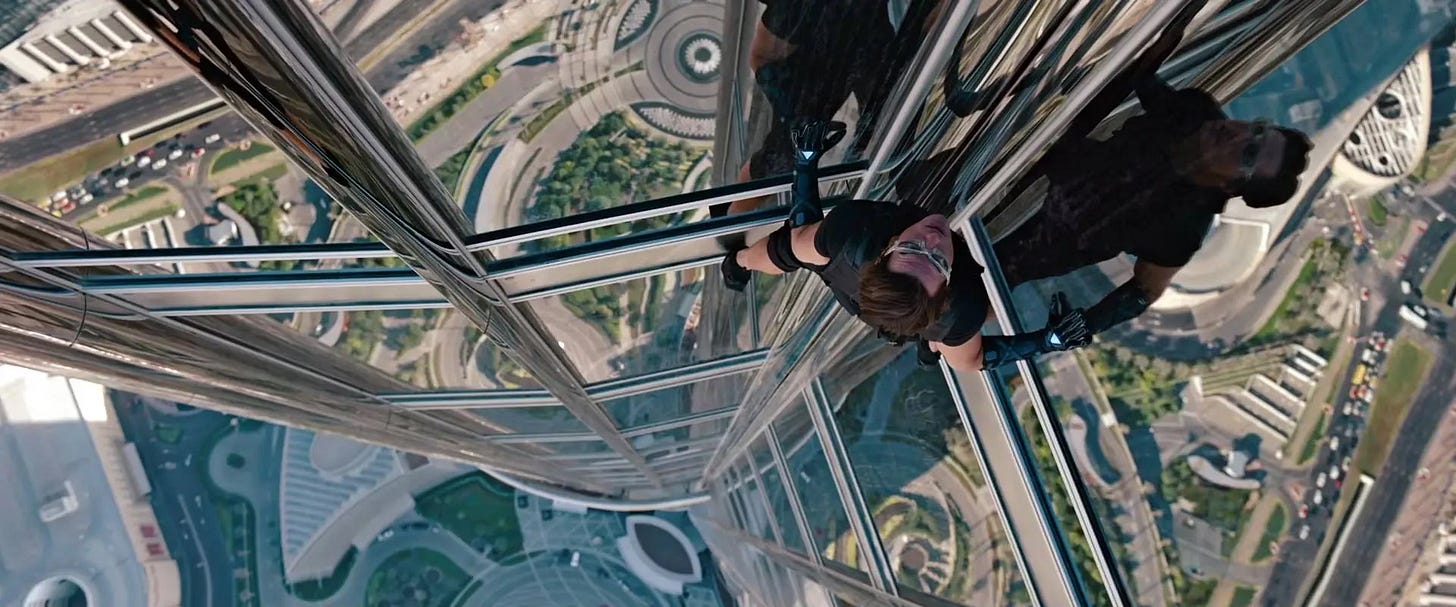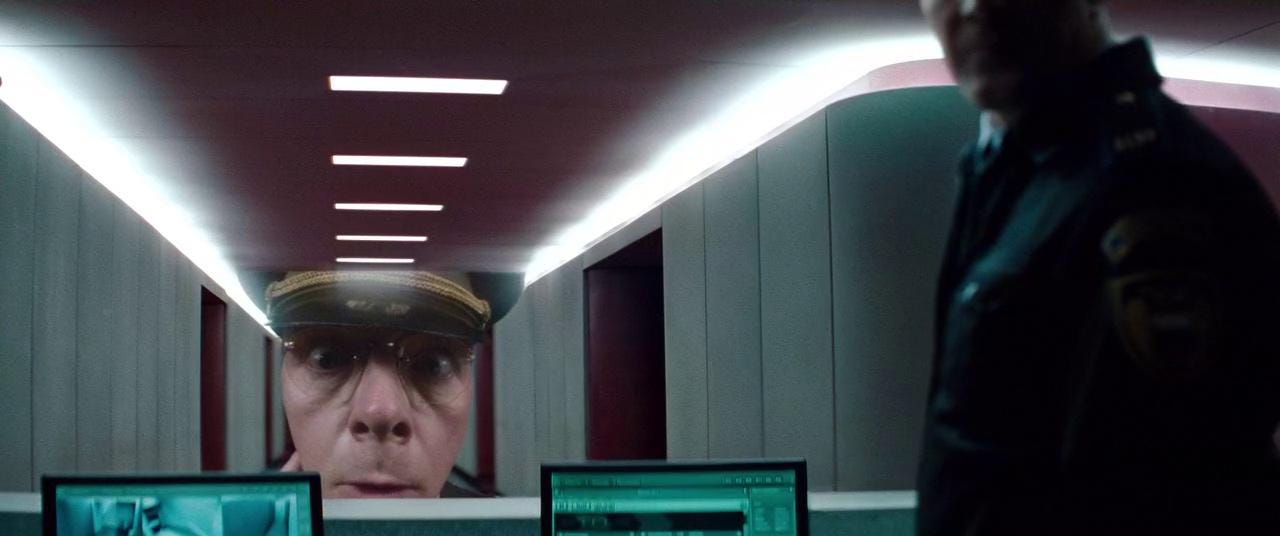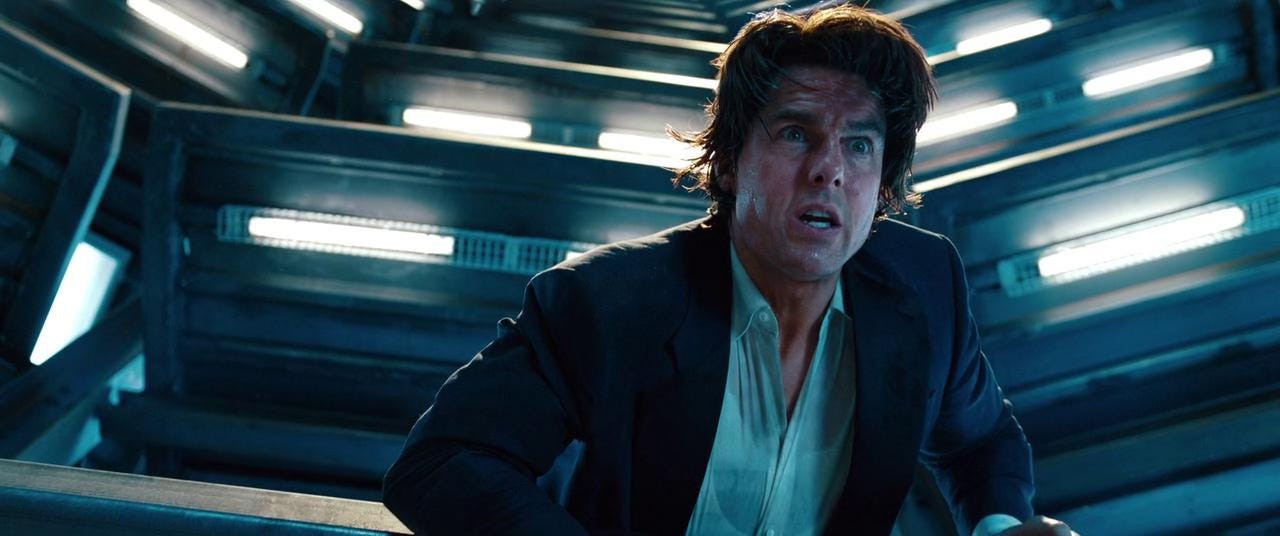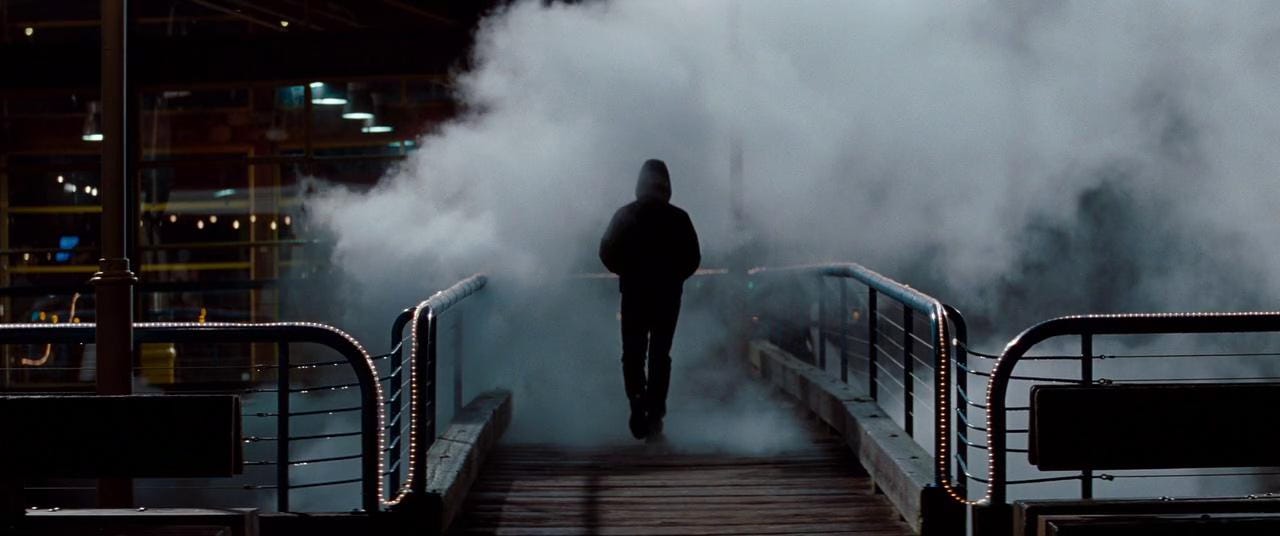Review: "MISSION: IMPOSSIBLE - GHOST PROTOCOL" is a playful action-adventure treat
Brad Bird takes Tom Cruise to new heights - literally
“Mission…accomplished!”
Brad Bird was born to direct a Mission: Impossible movie.
That fact becomes readily apparent five minutes into Ghost Protocol, as soon as one realizes that Bird has, indeed, committed to scoring a violent prison break sequence to the sounds of Dean Martin. No other director could infuse such brutal fight choreography with such a passionate sense of fun. In his animated works – The Iron Giant, The Incredibles, and Ratatouille – Bird proved he was willing to try just about anything to make each and every scene as engaging as possible, and what has made his filmography so consistently great is that his experiments nearly always work. They are filled top-to-bottom with ridiculously entertaining creativity, and though he had only directed three features at the time of Ghost Protocol, those three were enough to establish a distinctive cinematic signature. The big question going into this film was whether or not Bird would be able to transfer that signature from animation to live-action.
I refer you again to Dean Martin serenading Tom Cruise as he fights his way through a cavalcade of violent Russian inmates. The joy of Ghost Protocol lies in just how creative, playful, and light on its feet Bird’s direction is. There is such an immense spring in this movie’s step, seen in moments like Ethan going back to bonk the payphone after the IMF message fails to self-destruct; or watching Ethan and Benji trick the Kremlin security guard with a big portable screen; or the bit where Ethan leaves the Kremlin and immediately turns his costume inside out to look like an American tourist, complete with a vintage 80s Bruce Springsteen tee; or Ethan trying to do a retinal scan on the outside of a moving train as he continually dodges oncoming rail posts; or a quick whip pan from one character to another at the party in Mumbai, our eyes led left to right by these little leapfrogging spurts of fountain water.
Even if Bird weren’t a famous animation director, one would still feel a very animated quality to this movie, palpable in the way everything is so tightly choreographed with clockwork precision, cartoonish not in a sense of physical exaggeration, but of whimsical – and exacting – musicality (which means Michael Giacchino’s score is even more important, and accomplished, this time around, playing in a constant give-and-take with the image in a way reminiscent of classic Hollywood cartoon shorts). Bird’s incredible sense of spatial relations in set pieces gives this film the strongest team dynamic in the series, and his sense of freewheeling fun allows the story to go big without seeming implausible or desperate. Indeed, it’s the tone Bird so completely nails here, making this the film where Mission: Impossible really started coalescing as a franchise. I think Christopher McQuarrie did it even better starting with Rogue Nation, but Bird’s the one who actually cracked the safe open and showed us what this series could be as an ongoing, evolving thing, not just a series of great-but-disparate one-offs.
The heightened importance of team dynamics is made clear right away, as the film opens with a small IMF team breaking Ethan out of prison, and quickly shifts into a story where, due to the eponymous ‘Ghost Protocol,’ the team winds up having no one to rely on but themselves. Paula Patton and Jeremy Renner both separately feel like prototypes for elements of Rebecca Ferguson’s Ilsa Faust, introduced in the next film: each are younger agents a bit in over their heads, but who can also operate to some degree on Ethan’s level. Both performances are good, and the chemistry among the team is very strong in this one, but neither character feels so essential that their absence in later entries is missed. With Ilsa Faust, the series wisely gave Ethan a true equal to interact with, one just as skilled and just as prone to getting into crazy trouble.
The standout, of course, is Simon Pegg, elevated to full co-star after his brief appearance in the previous movie. In retrospect, putting Pegg front-and-center feels like a no-brainer, but it bears underlining how absolutely crucial Benji has been in the series’ long-term viability. Like Ving Rhames’ Luther, his chemistry with Cruise sells a genuine and warm friendship that humanizes all involved. But where Luther’s central role is as Ethan’s moral compass, Benji has incredible utility for introducing and explaining the ludicrous stunts Cruise does as Ethan. That dynamic debuts here in the Dubai scene, where Benji comes up with the idea for Ethan to climb the outside of the Burj Khalifa, and the way Pegg plays it – trying to downplay the insanity of it because it’s the only way through, and Ethan is the only one capable of doing it – is deeply funny, while also easing the audience into the idea, and teasing just how crazy the thing we’re about to see actually is. This becomes a standard part of Benji’s role in the films – most memorably in Dead Reckoning, where he has to convince Ethan to parachute off the side of a cliff – but you can tell they really hit upon something here, where Pegg’s chemistry with Cruise isn’t just good for the team dynamic, but helps tee up whatever stunt Cruise has decided to risk his life doing.
I also enjoy the slightly different flavor of Ethan we get this time around. He’s a little angrier, a little quieter, a bit less open with his team, in part because he’s working with much less experienced people and many fewer resources, and in part because the happy fantasy of the previous film fell apart (though there is also an element of mystery to the character here, as he plays things very close to the vest this time, and we don’t get a full window into Ethan’s mindset until the final scene). Cruise wears all of that in his physical performance without ever letting it overwhelm the movie, and Bird never stops the action to shine a giant spotlight on it, but it helps differentiate this film from the others, and make Ethan feel even more ‘alive’ as an ongoing character.
The blindingly brilliant half-hour adventure in Dubai is one of the series’ finest-ever stretches, combining a death-defying climb on the world tallest building, a conversation brimming with slow-burn tension, fistfights, car chases, foot chases, and a raging sandstorm all in one. It’s a truly incredible symphony of smaller, interconnecting action beats and thriller/espionage scenes wound together with the force of a freight train, and it absolutely bowls me over every time I see it. I will never forget watching Cruise step out the window of the Burj Khalifa in IMAX on opening night, where the aspect ratio expanded and everyone in the audience was simultaneously struck with the overwhelming vertigo of staring down the distance of the world’s tallest building in crystal clear IMAX photography. It was wild.
There is a specific shot in this sequence that beautifully illustrates how Bird’s animation sensibilities are brought to bear for live-action filmmaking. My favorite image of all the ones featuring Cruise climbing up and down the Burj Khalifa is the one of Ethan running straight down the side of the building on his way back down, and the entire set up of this shot is inherently ‘animetic’ (to borrow a term from Thomas Lamarre describing the composited, layer-shifting nature of cel animation). The building itself is in the right half of the frame, with the city below on the left, while the camera tracks down vertically in pace with Ethan. But because of the relative distance between the camera and the two halves of the frame – the building is much closer to the lens than the cityscape – the two-dimensional image looks like two separate ‘layers’ moving independently, with the city half moving faster than the more stable building half. It creates this extremely dynamic sense of motion to go along with Ethan’s mad dash. Bird, who started his career doing traditional 2D cel animation, would of course be familiar with how cel animation is composited from layers, and how one of the coolest effects of animation is to move those layers independently to create a particular form of depth or motion. That’s exactly what he achieves in this shot, but with live-action, hyper-clear IMAX photography of a completely real building and landscape. It’s amazing – one of the very best images ever conjured in a franchise full of iconic, unforgettable frames.
The film does settle into some problems past this point, encountering some big pacing and plotting issues down the home stretch. The third act is fine, but a big come down after the genuinely masterful filmmaking in the Dubai sequence (all the antics with Anil Kapoor’s character in Mumbai are pretty devastating to the film’s sense of pacing). It doesn’t help that the film’s villain, played well enough by the always reliable Michael Nyqvist, is entirely undeveloped, his motives hazy and his character indistinct. I really enjoy Ethan’s final desperate struggle with him in the giant multi-level car garage – the increasingly ridiculous back-and-forth battle within the complicated moving systems of this giant industrial apparatus feels like the closest we’ll ever get to the clock tower finale of Hayao Miyazaki’s The Castle of Cagliostro (or the many films that have imitated it, like Disney’s The Great Mouse Detective) in live-action – but it’s hard to shake the feeling that the climax would land quite a bit harder if we knew or cared about the guy Ethan was fighting.
And while I enjoy Ethan’s very silly “Mission…accomplished!” kiss-off line just as much as Ving Rhames’ Luther does (while this film doesn’t have enough Luther, I do enjoy seeing him and Ethan just tossing back a few beers as friends), the film’s protracted ending doesn’t really work either. I think Ghost Protocol ultimately made the right call by revealing Julia is alive and well at the end – I just don’t think Ethan is a character who works with the kind of ‘dead wife’ baggage given to so many other action heroes, and Fallout gets to make pretty major hay out of this narrative turn – but the final sequence at the wharf is too long a denouement, with too many things that have to explained and worked through before the film can go to credits. None of the other films end on a flash-frame, exactly (Fallout sort of does, because the camera ran out of film on that last shotand they left the spark of white at the end of the 35mm reel in the movie), but they’re generally better at getting the audience out of the theater on the high of whatever the big final action push was. Ghost Protocol instead ends by slowly letting the air out of the balloon, the film’s highest highs having occurred in Dubai nearly an hour earlier.
Yet even if it ends imperfectly, the widespread love for Ghost Protocol among Mission: Impossible fans is easy to understand. When it works, it’s absolute magic. It’s a real shame that Bird only made one more movie after this – the doomed Disney project Tomorrowland, where Bird’s uncomfortable penchant for Ayn Rand-style objectivism ran headlong into a Damon Lindelof-shaped mystery box, leaving no survivors – before throwing in the towel on his career and descending into the Pixar sequel salt mines for an ongoing string of new Incredibles movies that feel dead inside. There’s such a unique spark to his work when he’s fully engaged, and I’d argue Ghost Protocol is the last time we saw that side of him in action.
Luckily for us, the exact opposite happened to Mission: Impossible, as the franchise only got better and better from here.
TOMORROW: Next up is ROGUE NATION, and I am so, so excited to watch it again…
Read the book 200 Reviews by Jonathan R. Lack in Paperback or on Kindle
Subscribe to PURELY ACADEMIC, our monthly variety podcast about movies, video games, TV, and more
Like anime? Listen to the podcast I host with Sean Chapman, JAPANIMATION STATION, where we review all sorts of anime every week. Watch on YouTube or Subscribe wherever you get your podcasts.






